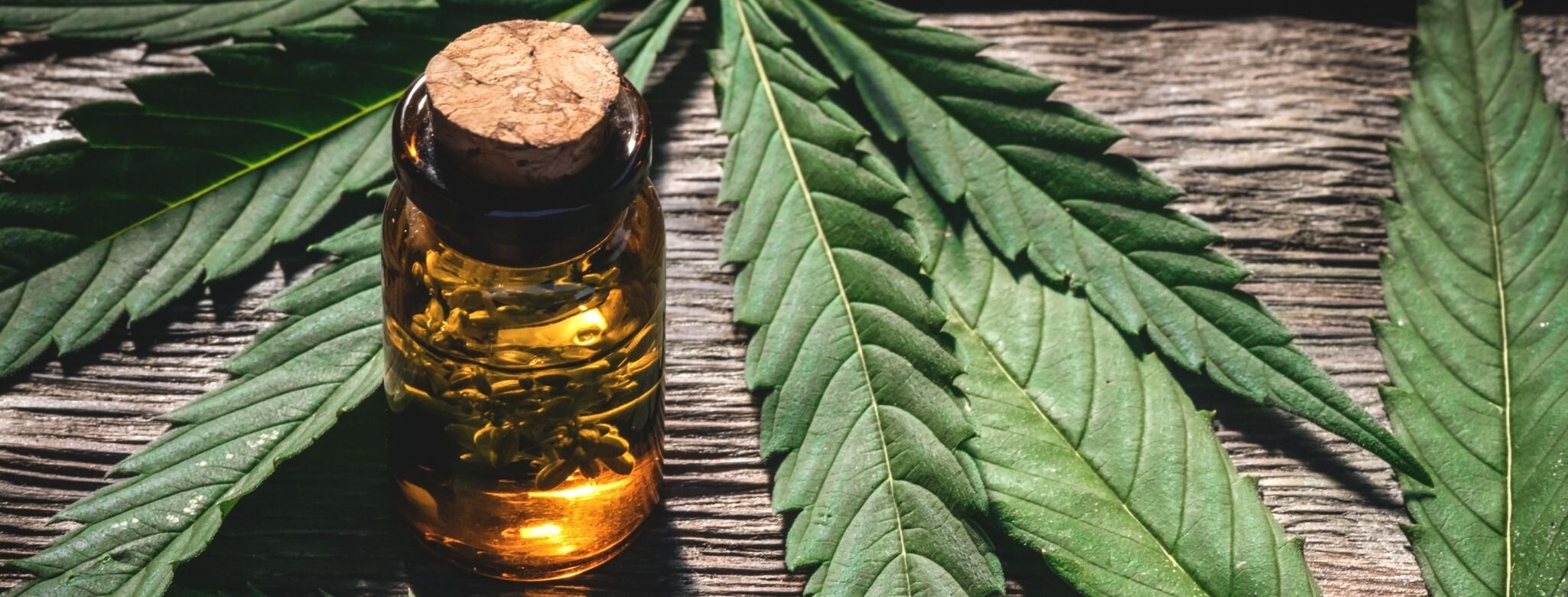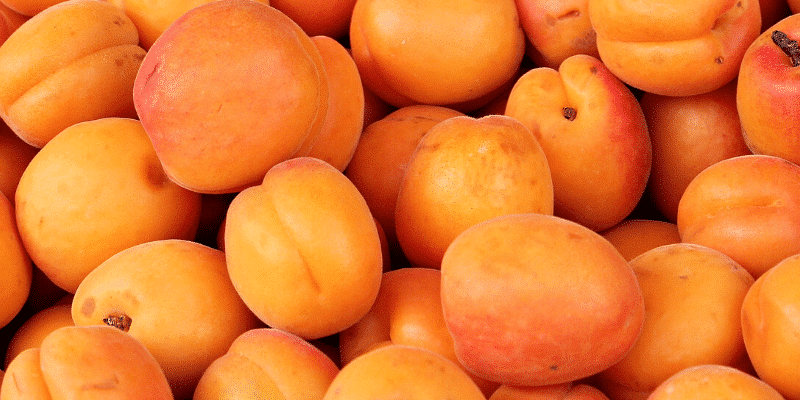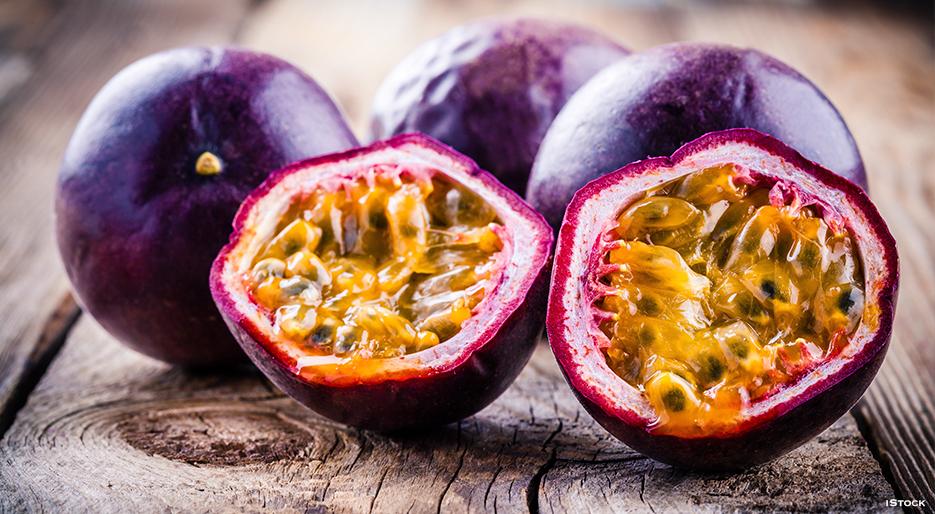
Hemp Seed Oil and How It Helps with Acne
What is Hemp Seed Oil?
Hemp seed oil, often referred to as hemp oil, is an oil derived from the seeds of the hemp plant, Cannabis sativa. It's important to note that hemp seed oil does not contain the psychoactive compound THC (tetrahydrocannabinol) found in marijuana, as it is extracted from the seeds and not the leaves, flowers, or stems of the hemp plant.
Here are the key characteristics and uses of hemp seed oil:
- Nutrition: Hemp seed oil is rich in essential nutrients. It is an excellent source of essential fatty acids, including omega-3 and omega-6, which are crucial for overall health. It also provides a balance of these fatty acids, making it a valuable dietary addition.
- Moisturizer: Hemp seed oil is commonly used in skincare and cosmetic products as a natural moisturizer. It has a lightweight texture and is easily absorbed by the skin. This makes it suitable for a wide range of skin types, including dry and sensitive skin.
- Anti-Inflammatory Properties: Hemp seed oil contains compounds like gamma-linolenic acid (GLA), which have anti-inflammatory properties. This can make it effective for soothing skin conditions, reducing redness, and alleviating irritation.
- Balancing Sebum Production: Some people find that using hemp seed oil on the skin helps regulate the production of sebum (skin oil). This can be particularly beneficial for individuals with oily or acne-prone skin.
- Antioxidants: Hemp seed oil is rich in antioxidants, including vitamin E, which help protect the skin from free radical damage, contribute to skin health, and promote a youthful complexion.
- Hair Care: Hemp seed oil is used in hair care products to moisturize and condition the hair. It can help reduce frizz and promote healthy-looking hair.
- Cooking: Hemp seed oil is used in culinary applications. It has a pleasant, nutty flavor and is often used in salad dressings, as a drizzle for dishes, and in smoothies. It is a good source of healthy fats and provides essential nutrients.
How Hemp Seed Oil help with acne
Hemp seed oil may offer several benefits for managing acne-prone skin due to its unique composition of fatty acids and other compounds. It's rich in omega fatty acids that strengthen the skin barrier and replenish moisture without clogging pores. Anti-inflammatory properties soothe the skin and minimize redness.
Here's how hemp seed oil can help with acne:
- Moisturization: Hemp seed oil is non-comedogenic, meaning it won't clog pores, making it a suitable moisturizer for acne-prone skin. Proper hydration is essential for skin health, as overly dry skin can lead to increased oil production and potential acne breakouts.
- Balancing Sebum Production: Hemp seed oil contains a balanced ratio of omega-3 and omega-6 fatty acids, which may help regulate sebum (skin oil) production. This can be beneficial for those with oily or acne-prone skin, as it may prevent the skin from becoming too greasy.
- Anti-Inflammatory Properties: Hemp seed oil contains compounds like gamma-linolenic acid (GLA) and other antioxidants that have anti-inflammatory properties. Acne is often associated with skin inflammation, and these properties can help reduce redness and swelling associated with acne breakouts.
- Skin Soothing: The anti-inflammatory and skin-soothing properties of hemp seed oil can alleviate skin irritation and discomfort, which can be common with acne-prone skin.
- Exfoliation: Hemp seed oil contains natural alpha-linolenic acid (ALA), which provides a mild exfoliating effect. This helps remove dead skin cells and unclog pores, reducing the likelihood of new acne lesions.
- Antioxidant Protection: Hemp seed oil is rich in antioxidants, including vitamin E, which can help protect the skin from damage caused by free radicals. This can contribute to overall skin health and potentially reduce the risk of new acne breakouts.
- Scar Reduction: The vitamins, fatty acids, and antioxidants in hemp seed oil may assist in skin regeneration and repair, potentially reducing the appearance of acne scars and blemishes.





